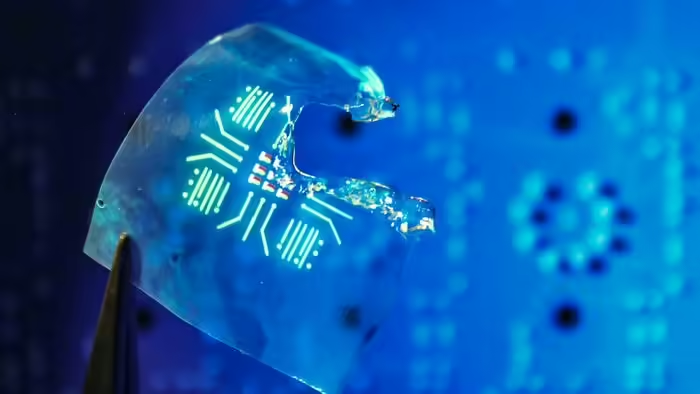Researchers from Argonne National Laboratory, in collaboration with the University of Chicago, Purdue University, and Yale University, have made developed recyclable luminescent polymers. These materials are commonly used in various photonic technologies, including electroluminescence and bioimaging.

Traditionally, luminescent polymers face challenges in balancing recyclability and light-emitting efficiency. However, the team has successfully designed thermally activated delayed fluorescence (TADF) polymers that can be depolymerized and recycled without compromising their high light-emitting efficiencies. The key lies in the use of a cleavable moiety called tert-butyl ester, which allows the polymers to break down under mild acidic or heating conditions. This process enables the pure monomers to be isolated and repolymerized for subsequent use.
“This is a $46 billion-a-year industry, and it is only growing,” said project lead Jie Xu, a scientist in the Center for Nanoscale Materials, a DOE Office of Science user facility at Argonne. “By 2032 the industry is estimated to grow to $260 billion. With this method, we can eliminate this type of electronic waste that would otherwise be piling up in landfills.”
The electroluminescent devices based on these TADF polymers achieved an impressive external quantum efficiency of 15.1%, a significant improvement over existing degradable luminescent polymers. This efficiency, combined with the material’s recyclability, makes for more sustainable electronic waste management.
There is potential for these biodegradable and recyclable polymers to be used in a variety of applications, including displays and medical imaging. The team aims to scale the technology for broader use in electronics such as cell phones and computer screens.
“We were able to make this material biodegradable and recyclable without sacrificing the functionality,” said Jie Xu, the Argonne scientist who led the project.
Reference
Liu, W., Wu, Y., Vriza, A. et al. Depolymerizable and recyclable luminescent polymers with high light-emitting efficiencies. Nat Sustain (2024). https://doi.org/10.1038/s41893-024-01373-z

